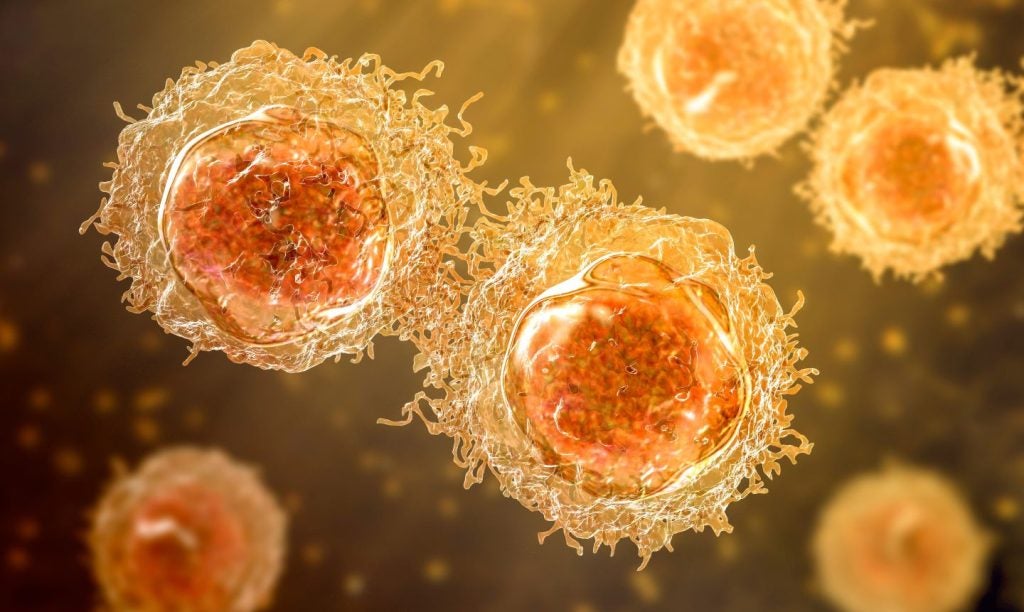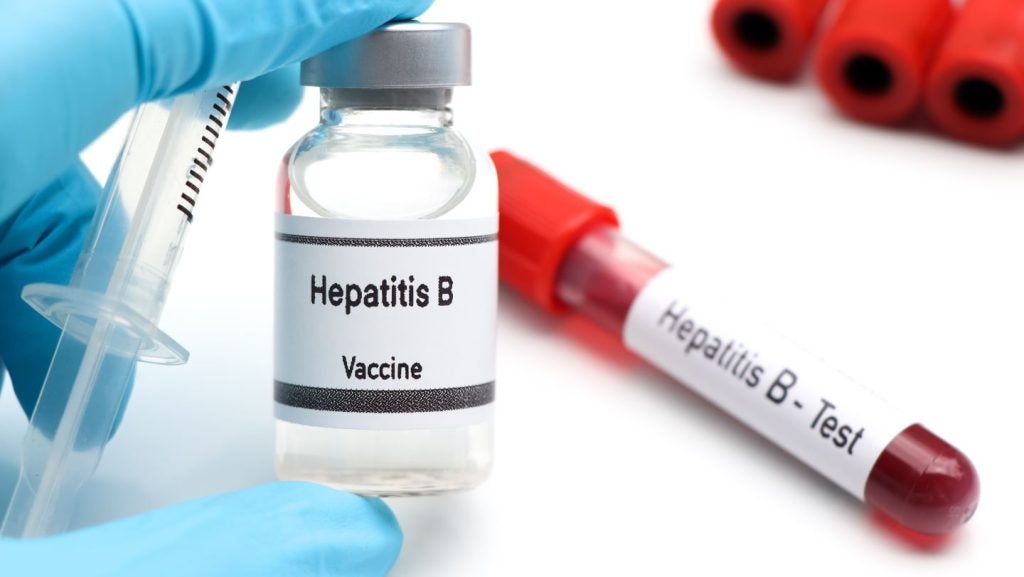
Qlaris Bio has announced the enrolment of the first patient in the Phase I/II clinical programme of its lead investigational product candidate, QLS-101, for treating individuals with glaucoma.
A new adenosine triphosphate (ATP)-sensitive potassium (KATP) channel modulator administered as a topical eyedrop, QLS-101 is designed to reduce intraocular pressure (IOP) by reducing episcleral venous pressure (EVP) in glaucoma patients.
It is a novel prodrug of levcromakalim and was invented at Mayo Clinic and the University of Minnesota. QLS-101 is currently being developed under an exclusive worldwide licence.
The initiation of Phase I/II trial of QLS-101 comes after Qlaris Bio received the US Food and Drug Administration acceptance of investigational new drug application.
Named ‘Study QC-201’, the multi-centre, randomised, double-masked, active-controlled trial is analysing three concentrations of once-daily topical QLS-101 to timolol maleate preservative-free ophthalmic solution, a conventional glaucoma therapeutic.
Qlaris Bio CEO and co-founder Thurein Htoo said: “Our team has advanced QLS-101 to an IND filing in just 18 months following the founding of our company with a $25m Series A financing co-led by Canaan and New Leaf Venture Partners.
How well do you really know your competitors?
Access the most comprehensive Company Profiles on the market, powered by GlobalData. Save hours of research. Gain competitive edge.

Thank you!
Your download email will arrive shortly
Not ready to buy yet? Download a free sample
We are confident about the unique quality of our Company Profiles. However, we want you to make the most beneficial decision for your business, so we offer a free sample that you can download by submitting the below form
By GlobalData“The unique profile of QLS-101 has generated strong interest in an EVP-lowering therapy among leading ophthalmologists, researchers, patients, and investors.”
The company noted that QLS-101 enhances the outflow of aqueous humour, a fluid that preserves pressure in the eye.
Qlaris Bio chief medical officer and co-founder Barbara Wirostko said: “By reducing EVP, QLS-101 represents a unique approach to enable the achievement of even lower IOP targets than available therapies currently allow.
“The availability of a once-daily topical eyedrop formulation that targets EVP would help address a key component of the IOP puzzle that current medical management may not adequately address, particularly in underserved patient populations.”
The QLS-101 clinical programme also comprises two additional Phase I/II studies, which are set to begin later this year in subjects with normal-tension glaucoma and adults with Sturge Weber syndrome-related glaucoma.






